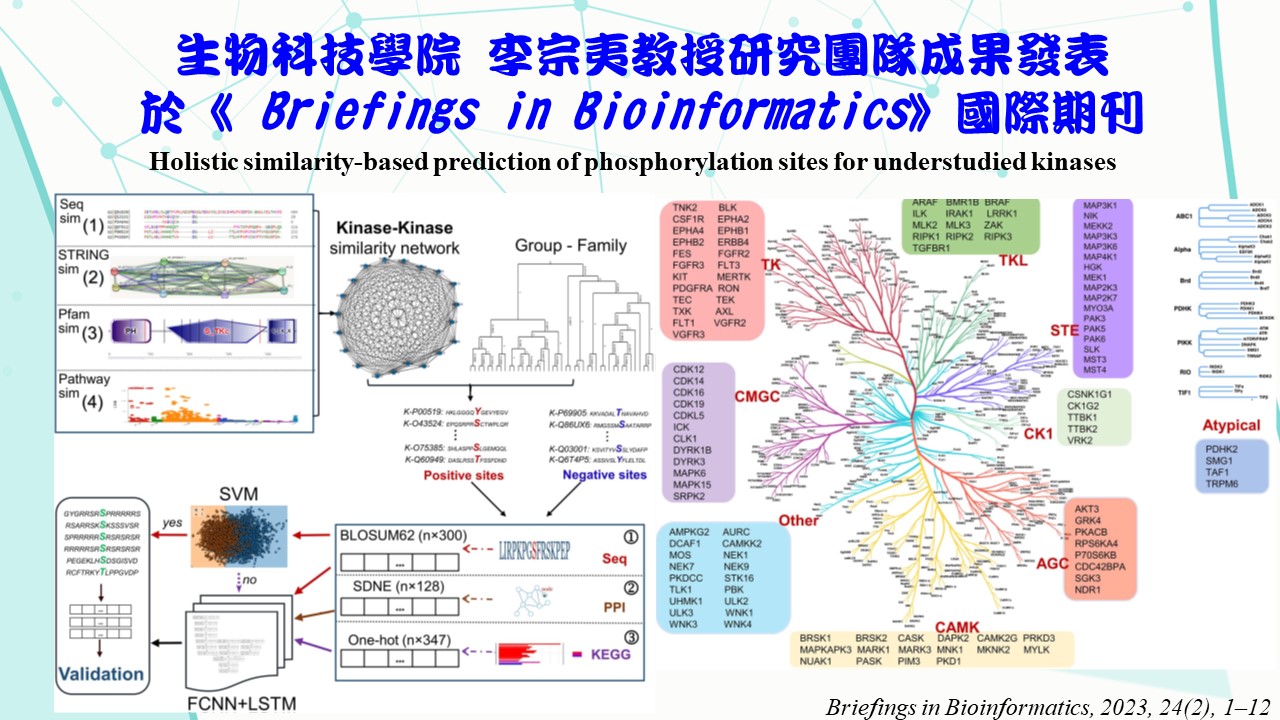王雲銘教授及高智飛副教授研究團隊發表研究成果於 ACS Chemical Neuroscience
連結網址:https://pubmed.ncbi.nlm.nih.gov/37533298/
Abstract
Alzheimer’s disease (AD) is a neurodegenerative disorder characterized by cognitive impairment, memory loss, and behavioral deficits. β-amyloid1-42(Aβ1-42) aggregation is a significant cause of the pathogenesis in AD. Despite the numerous types of research, the current treatment efficacy remains insufficient. Hence, a novel therapeutic strategy is required. Nitric oxide (NO) is a multifunctional gaseous molecule. NO displays a neuroprotective role in the central nervous system by inhibiting the Aβ aggregation and rescuing memory and learning deficit through the NO signaling pathway. Targeting the NO pathway might be a therapeutic option; however, NO has a limited half-life under the biological system. To address this issue, a biomimetic dinitrosyl iron complex [(NO)2Fe(μ-SCH2CH2COOH)2Fe(NO)2] (DNIC-COOH) that could stably deliver NO was explored in the current study. To determine whether DNIC-COOH exerts anti-AD efficacy, DNIC-COOH was added to neuron-like cells and primary cortical neurons along with Aβ1-42. This study found that DNIC-COOH protected neuronal cells from Aβ-induced cytotoxicity, potentiated neuronal functions, and facilitated Aβ1-42 degradation through the NO-sGC-cGMP-AKT-GSK3β-CREB/MMP-9 pathway.
Keywords: Alzheimer’s disease; amyloid pathology; dinitrosyl iron complexes; nitric oxide.

